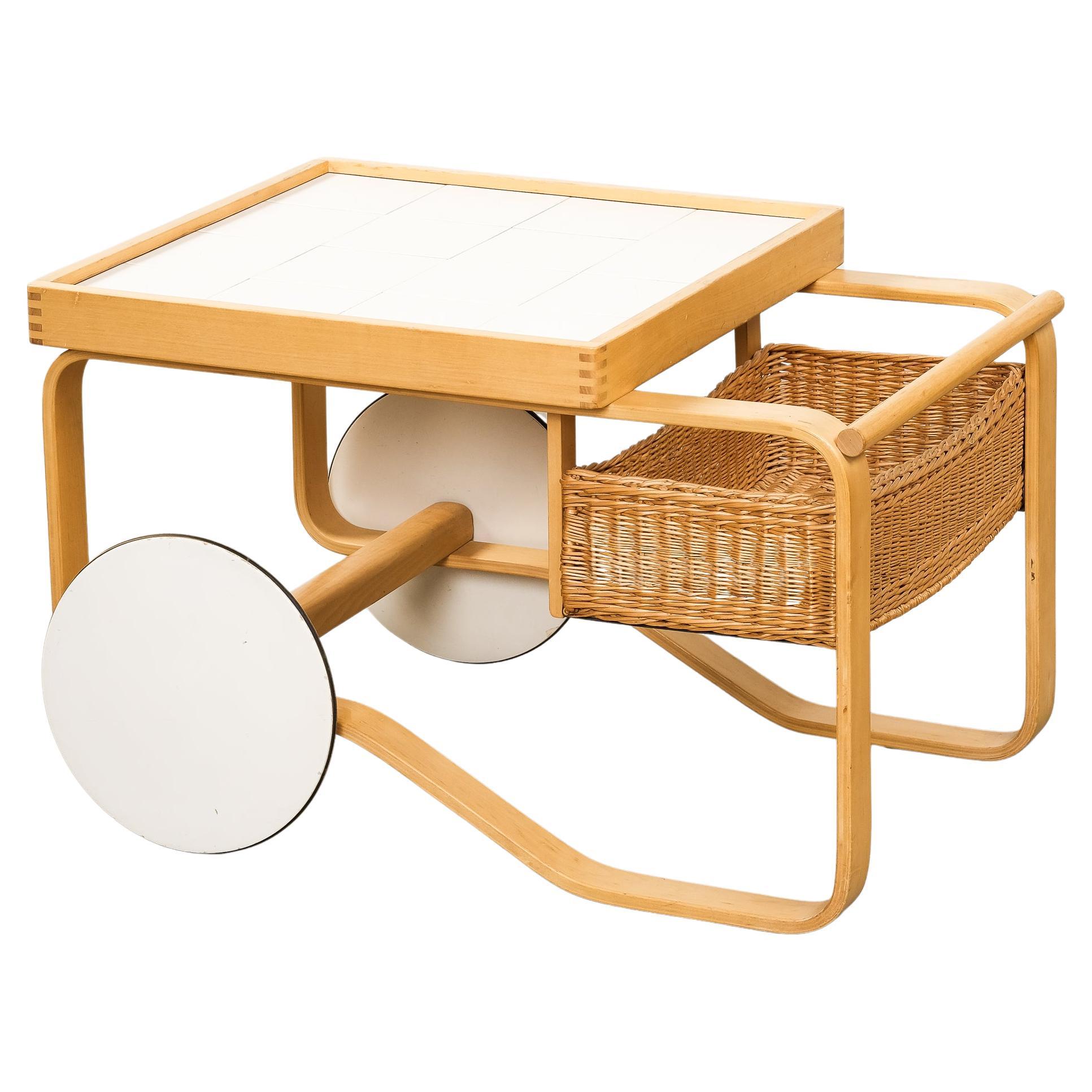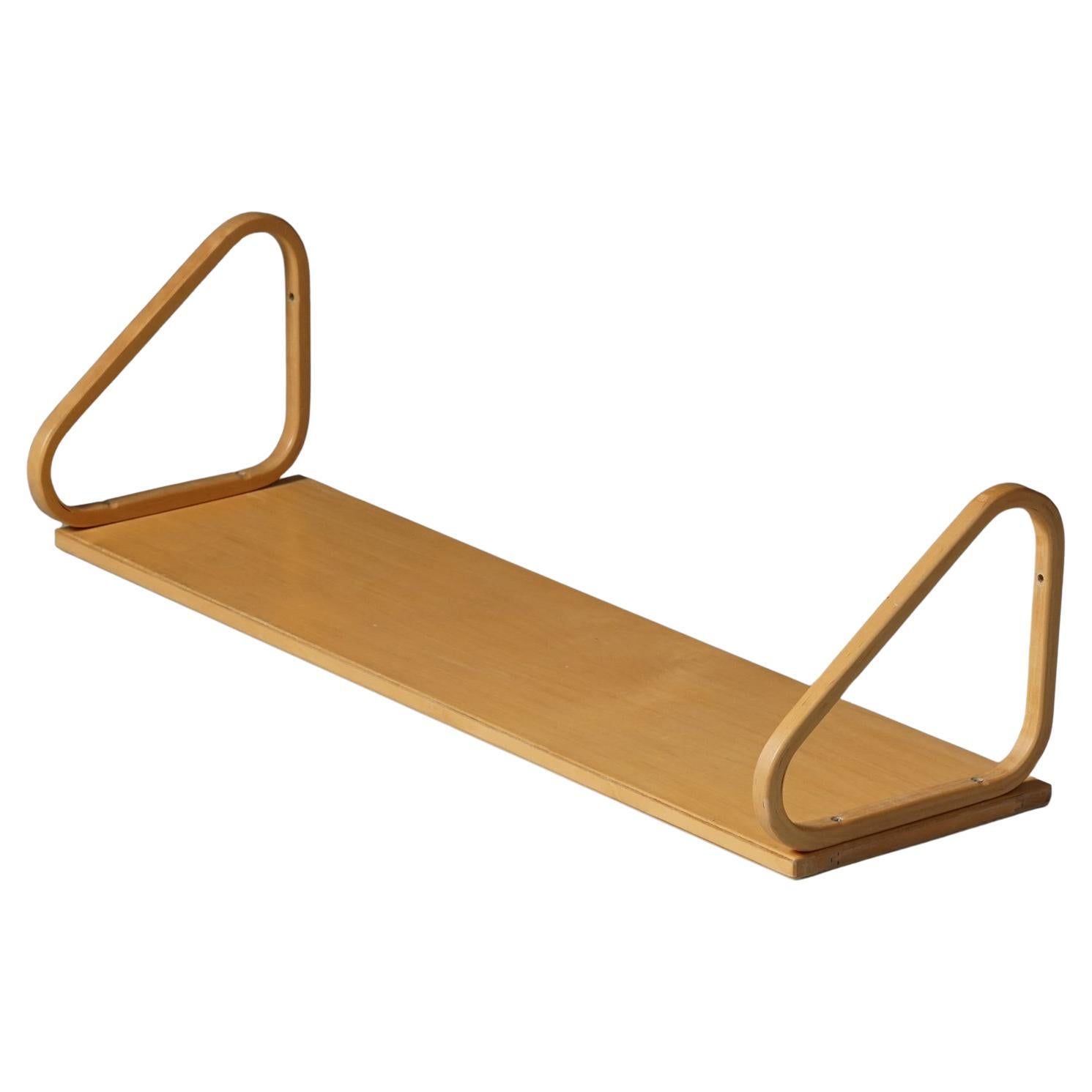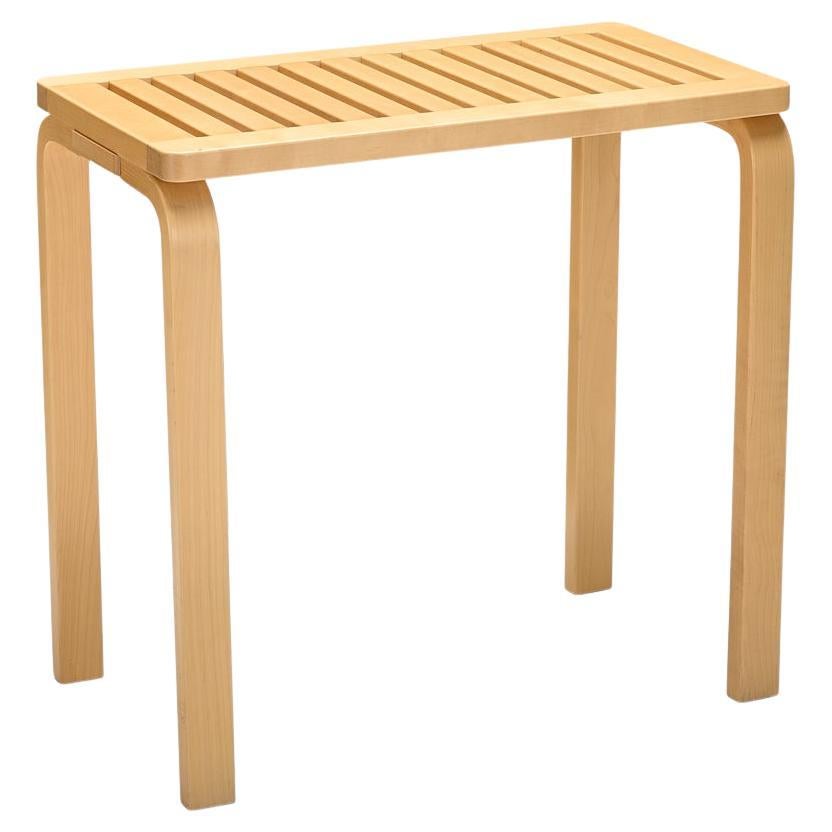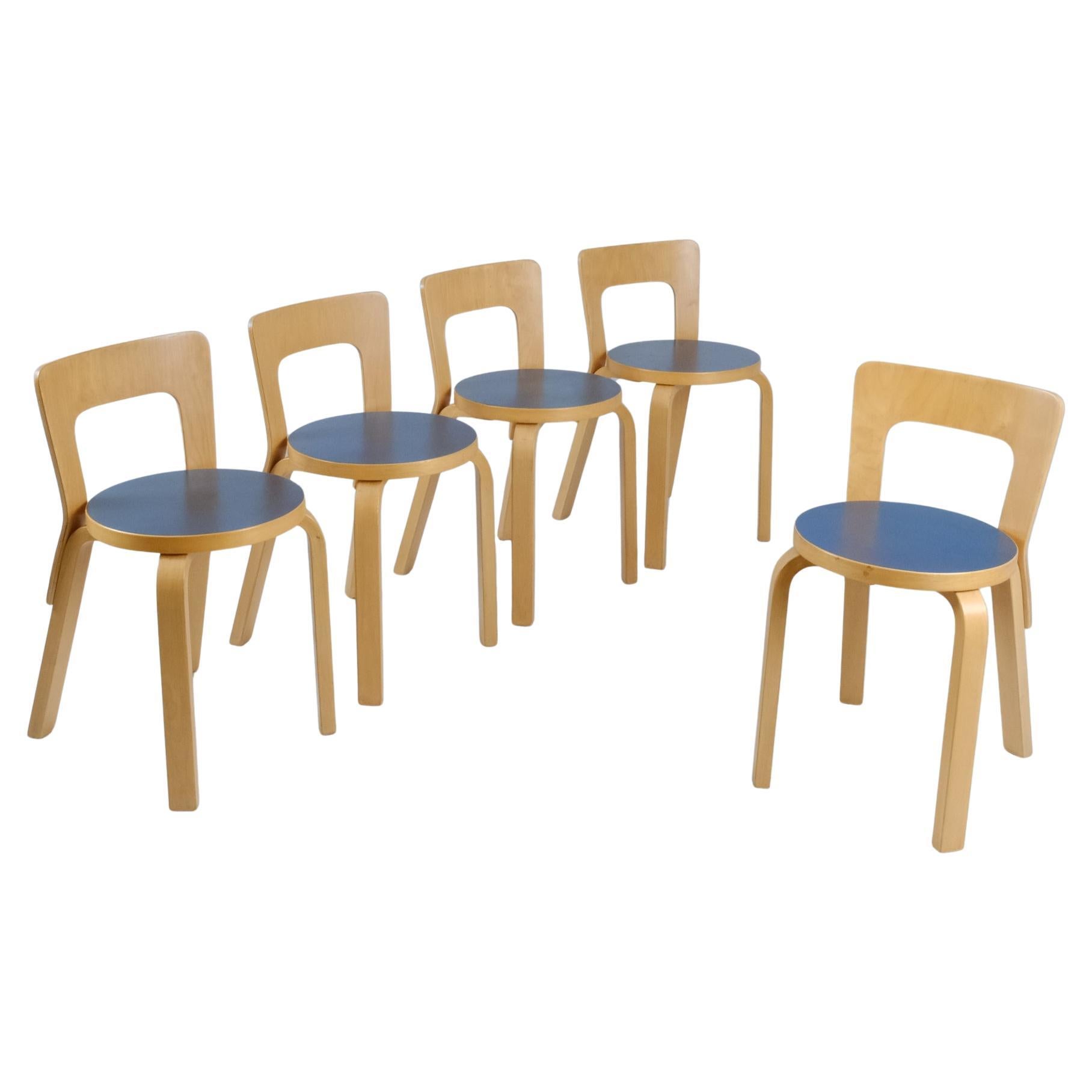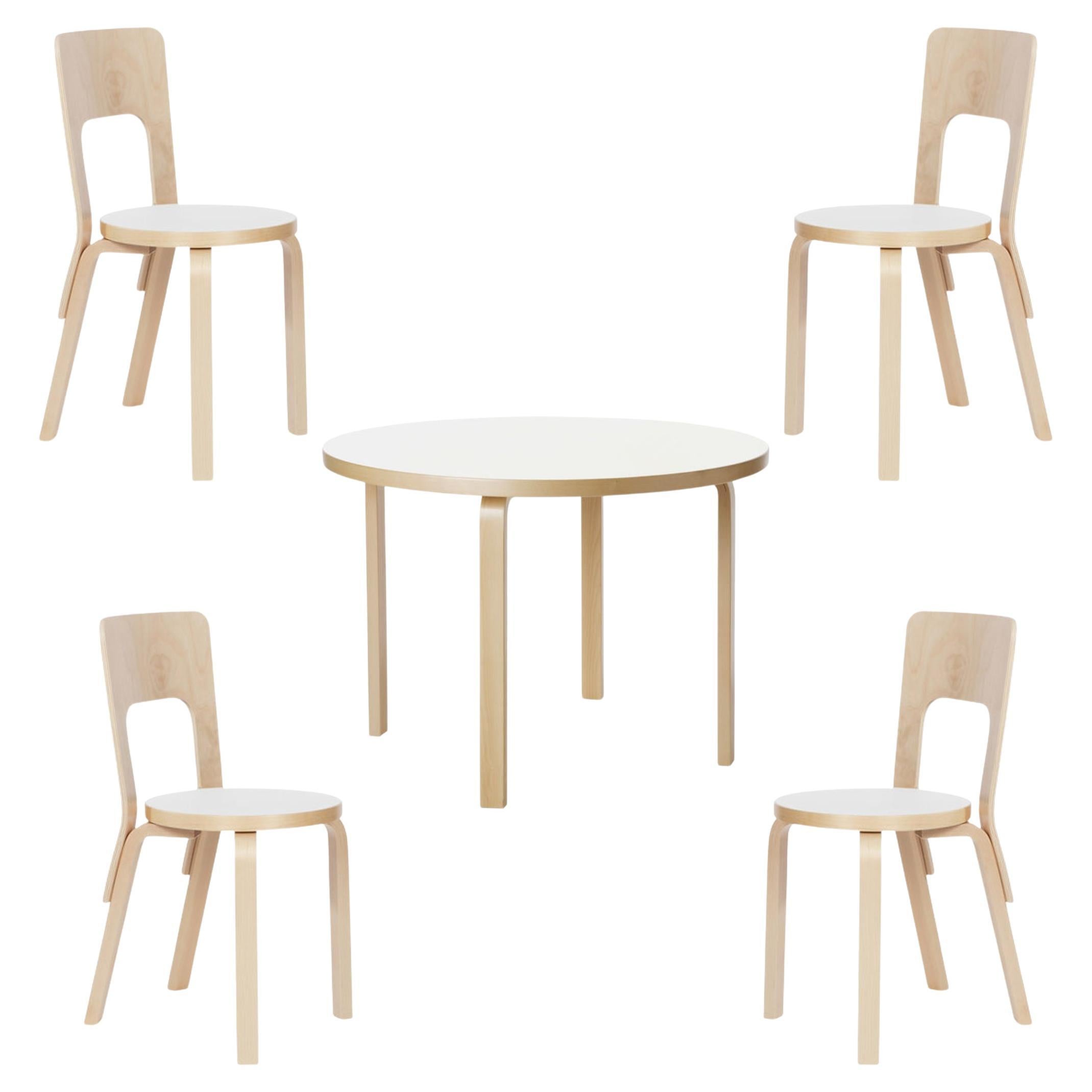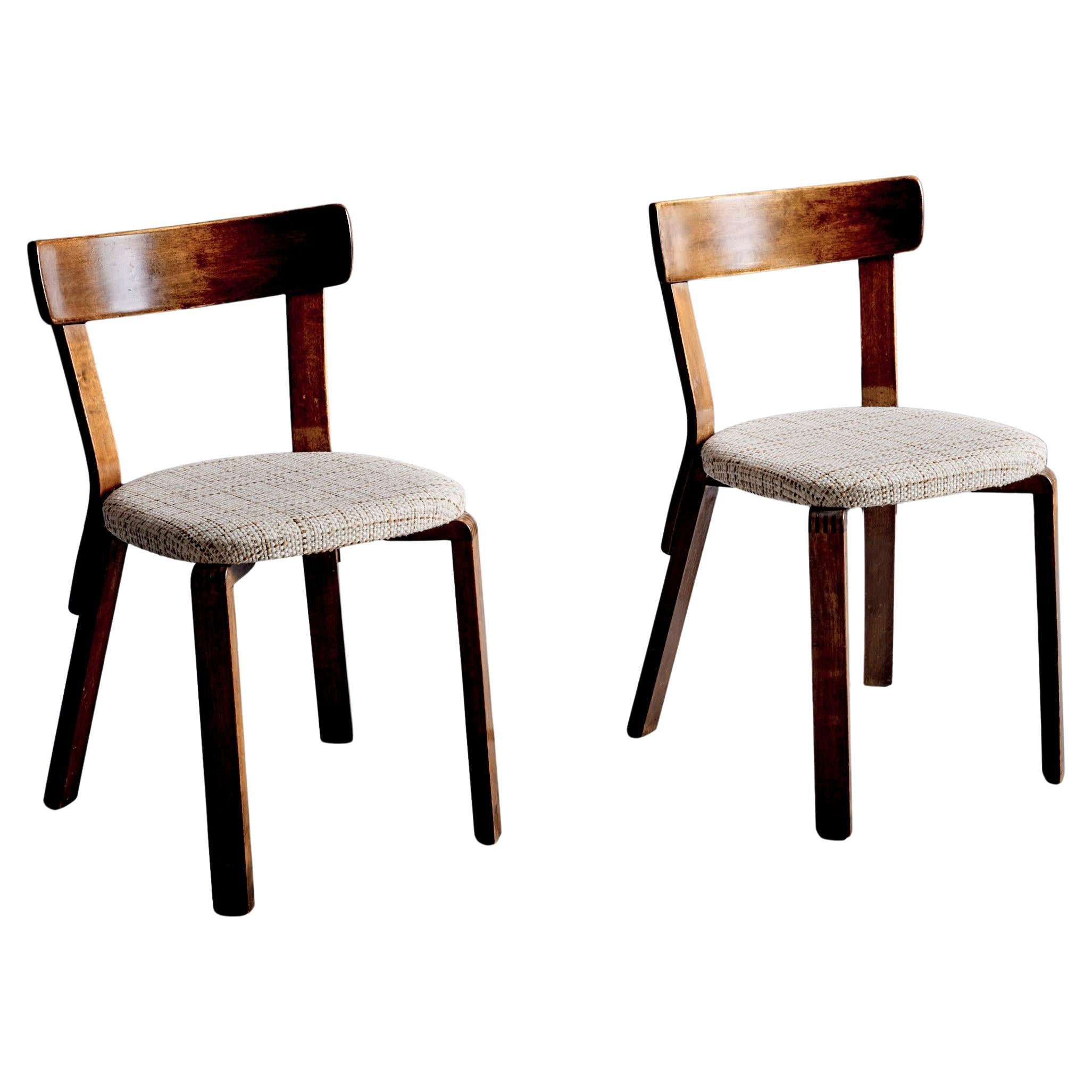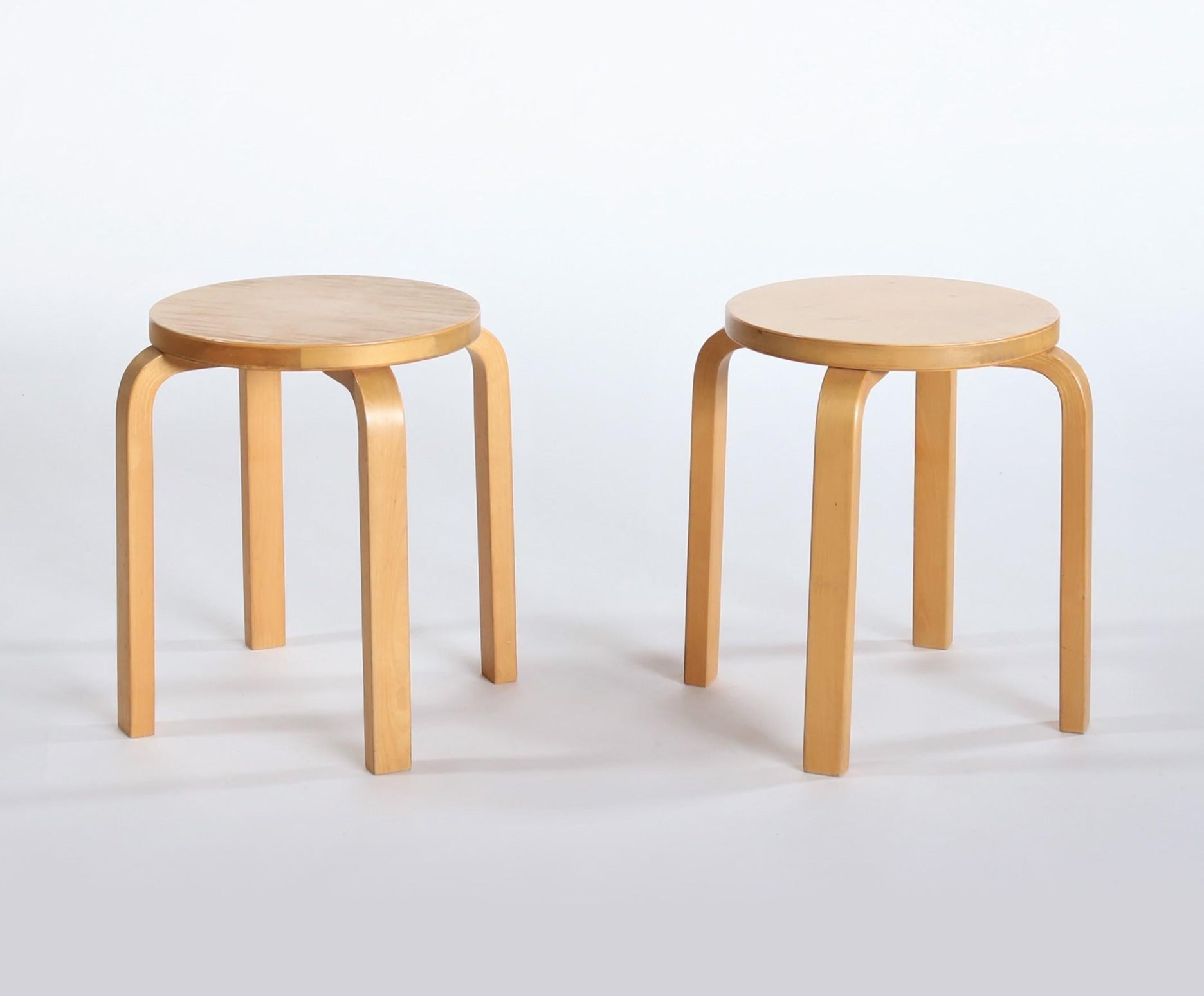
Stool E60By Alvar Aalto
Alvar Aalto’s Stool E60, designed in 1933, followed a period of fruitful experimentation for the Finnish architect and furniture maker, who has over the years earned a wealth of accolades for his architecture and design projects. Some were solo projects but many were collaborations with his first wife, Aino, who was also a designer and architect.
Aalto (1898–1976) helped establish Scandinavian modernism’s lofty place in the design world. This particular style — popularized in the United States during the 1950s by the likes of Danish furniture makers Finn Juhl and Arne Jacobsen — emphasized traditional craftsmanship and furniture making with practicality and affordability in mind. For Aalto, armchairs, such as the lightweight birchwood Hallway armchair he designed with Aino, were to be developed in concert with ergonomics, so that backrests and seats were crafted to respond specifically to the human form.
The Aaltos’ Hallway armchair was part of the Paimio Sanatorium project — a functionality-first facility in the rural Finnish city of Paimio designed by the couple to treat tuberculosis patients. The Aaltos not only created the modernist buildings that held the facility, but also the elegant furnishings and interiors, from top to bottom. Some of the furniture featured an integration of tubular steel, which reflected the influence of legendary designer Marcel Breuer, a pivotal force in the Bauhaus school’s development.
Aalto had Breuer’s furniture in his own apartment but later complained that steel too easily conducted heat and reflected light. He shifted toward making bentwood furniture as a result of working with natural materials native to Finland, an economically appropriate direction given that more than 70 percent of the country is covered by forests.
Alvar Aalto’s stackable Stool E60 — a four-legged variation of the three-legged Stool 60 — is made of solid birch and birch plywood. He’d intended the Stool 60 for an innovative municipal library he designed while working on the sanatorium with Aino.
Toiling alongside fellow craftsman Otto Korhonen at a furniture factory during the 1920s, Aalto devised the “bent-knee” technique, which sees solid birch softened in water, sawed in a series of places that run parallel to the wood grain and strengthened with thin slats of wood glued into the resulting grooves. A heating process follows that renders the wood malleable. This method gave way to the “L-leg” that would be utilized as supports for his Stool E60, which is made today by Artek, a company that the Aaltos helped cofound.
